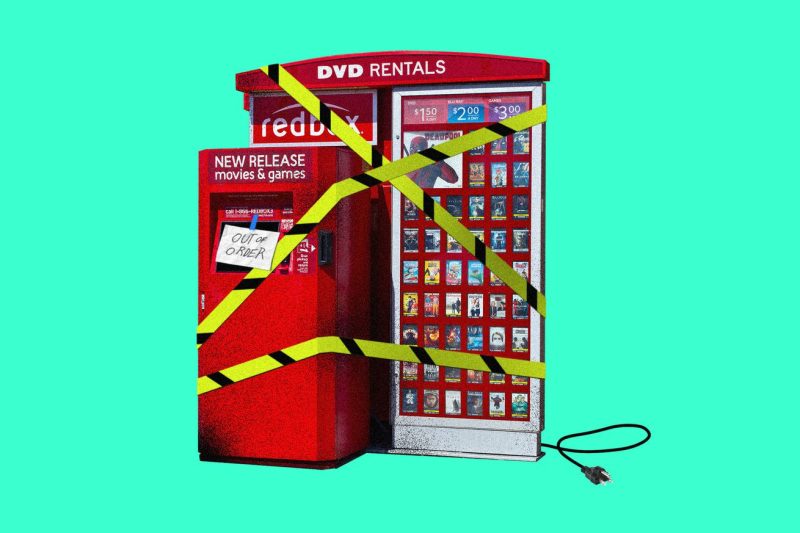Redbox, known for its iconic red kiosks that offer DVD and Blu-ray rentals, has been visibly declining in popularity over the years. Various factors have contributed to this downward trend, impacting the company’s once-thriving business model.
One primary reason for Redbox’s decline is the shift in consumer behavior towards digital streaming services. With the rising prevalence of platforms like Netflix, Amazon Prime Video, and Hulu, many consumers prefer the convenience and variety offered by online streaming over physical rentals. These services provide instant access to a vast library of content, including movies, TV shows, and original programming, making traditional DVD rentals less appealing.
Furthermore, the convenience of online streaming services is a major draw for consumers, as they can watch content on various devices without the need to physically visit a rental kiosk. The widespread availability of high-speed internet has also made streaming seamless and accessible for a growing number of individuals, further overshadowing the appeal of physical rentals.
Another factor contributing to Redbox’s decline is the shift towards digital downloads and video-on-demand services. Platforms such as iTunes, Google Play, and Vudu offer users the option to rent or purchase movies digitally, eliminating the need for physical discs altogether. This trend towards digital ownership and on-demand viewing has further diminished the demand for traditional rental services like Redbox.
Additionally, the closure of many retail locations that housed Redbox kiosks has impacted the company’s visibility and accessibility. As brick-and-mortar stores continue to face challenges in the age of e-commerce, the presence of Redbox kiosks in these locations has dwindled, leading to a decrease in foot traffic and rentals.
Despite these challenges, Redbox has attempted to adapt to the changing landscape by expanding its offerings to include digital movie rentals and sales. The company launched Redbox On Demand, a streaming service that allows consumers to rent or purchase digital copies of movies and TV shows online. While this initiative represents a step towards staying relevant in the digital age, it may not be sufficient to offset the broader decline in DVD rentals.
In conclusion, Redbox’s decline can be attributed to a confluence of factors, including the rise of online streaming services, digital downloads, and changing consumer preferences. While the company has made efforts to transition towards digital offerings, the shift away from physical rentals poses significant challenges to its continued relevance in the entertainment industry. Adaptability and innovation will be key for Redbox to navigate these changing dynamics and remain competitive in an increasingly digital world.

